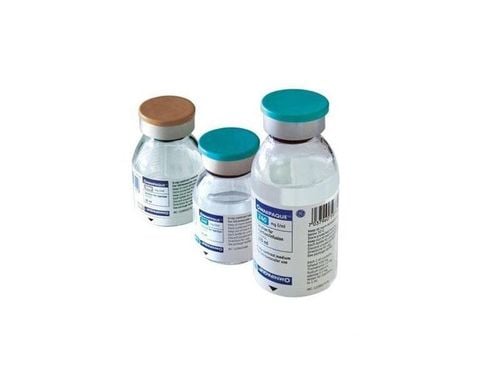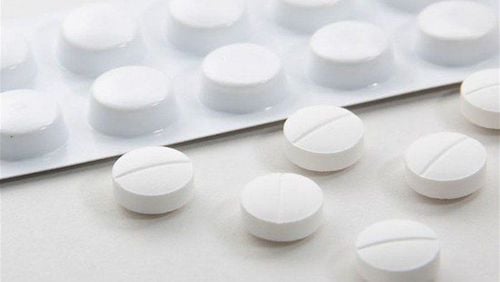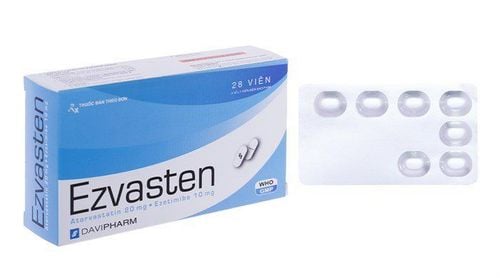This is an automatically translated article.
The article is professionally consulted by Master, Doctor Nguyen Le Thao Tram - Diagnostic Imaging Doctor - Imaging Department - Vinmec Nha Trang International General Hospital.256-sequence tomography technology is one of the most advanced technologies currently being implemented in the diagnosis and identification of diseases, especially heart diseases. Besides, they have fast technical processing time, so they are a great support for emergency cases that need to be diagnosed early and have accurate results.
1. What is 256-segment tomography?
Computed tomography (CT scan or CT Scan) is an advanced diagnostic imaging procedure that uses a combination of X-rays and computer technology to produce both horizontal and vertical slice images of the body. body. The results will show detailed images of any part of the body including: bones, muscles, fat and other organs. CT scans also produce more detailed images than X-rays, because they project energy beams directly into the part of the body being studied and displayed in 2D.
256-sequence tomography is a giant leap in imaging and is currently being used to diagnose heart disease. This advanced technology captures a complete image of the heart in a short period of time (a few seconds) using low dose radiation, and provides more visual details about the function and structure of the heart. heart. The images are then reconstructed in 3D to help determine heart rate intensity and coronary atherosclerosis. These plaques can eventually narrow or block one or more coronary arteries and cause chest pain or even a heart attack. That's why doctors recommend 256-slice tomography as an effective means of diagnosing early or advanced coronary artery disease.
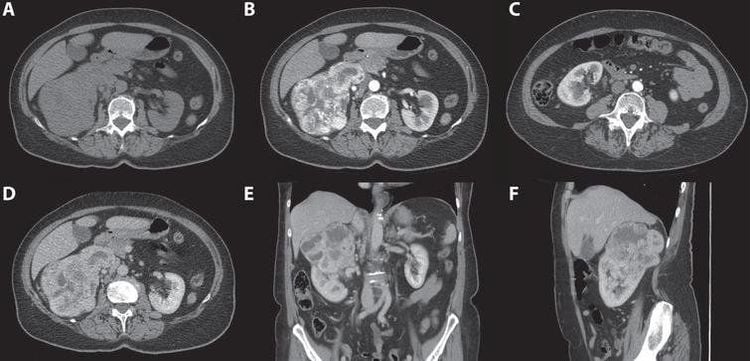
Chụp CT giúp hiển thị hình ảnh chi tiết của bộ phận trong cơ thể
2. Advantages and disadvantages of 256-sequence tomography
2.1. Advantages of 256-sequence tomography technique
Some advantages of this technique:
Reduced irradiation dose compared to conventional CT scanners: 256-sequence tomography method is integrated with effective software. used to reduce radiation dose (reduced by 80-82%) compared with other CT scanning techniques.
● Clear image results: Unlike conventional X-ray or computed tomography methods. The 256-slice CT scanner can capture more organs, especially the heart area. It is an effective tool to help diagnose and treat vascular diseases as well as cardiovascular diseases.
● Soft tissue resolution: This tomography technique has a high ability to resolve soft tissue and gives a much sharper image than X-ray images. The reason for this difference is thanks to 256-sequence capture technology that integrates many tools to support the technical image processing process.
● Short capture time: 256-slice tomography technology has a lap speed of 0.28rpm. Thus, each capture only takes about 15 seconds for diagnostic images. This is an extremely good aid in diagnosis and case management especially for emergencies that need early diagnosis and accurate results.
● High resolution: 256-segment tomography technology offers higher resolution than other technologies. Therefore, it supports very well in the diagnosis of bone diseases.
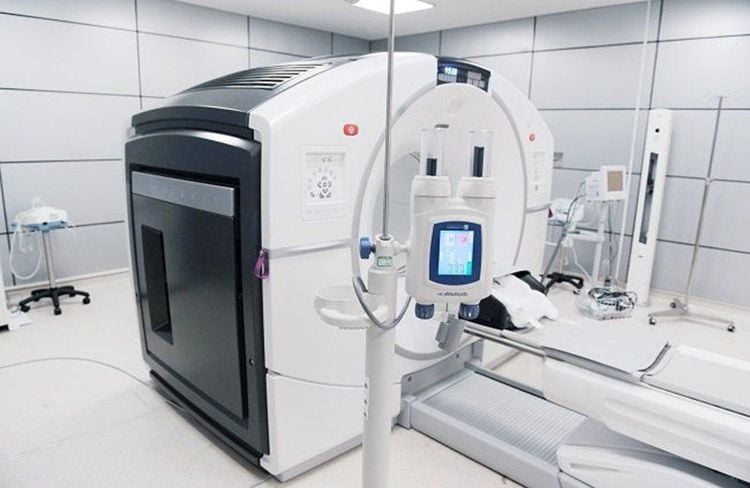
Máy chụp 256 giảm liều phóng xạ so với các máy CT khác
2.2. Disadvantages of 256 series tomography technique
Some disadvantages of 256 series tomography technique
● Difficulty in detecting lesions from cartilage, ligaments and spinal cord: When using this technique, the Identifying damage to cartilage, ligaments and spinal cord is difficult and requires additional support of other diagnostic techniques.
● Exposure to X-rays affects health: The essence of 256-sequence tomography technology is to use multiple X-rays to scan the body. When the body is exposed to this ray, over time there can be risks of cell damage.
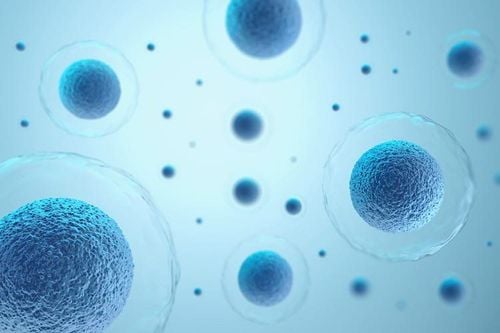
Tia X có thể hủy hoại tế bào cơ thể
3. Notes before 256 series tomography
256-slice tomography has many benefits in diagnosing disease conditions or checking for symptoms of disease. However, there will be some risks to the patient when using this method. Therefore, when deciding to perform 256-sequence tomography, it is important to note:
● Radiation exposure: During a CT scan, the patient will be exposed to more radiation than with a conventional X-ray. Patients should talk to their doctor about the amount of radiation used during the scan and the risks associated with the particular situation. At the same time, the patient should also keep a history of past radiation exposure to notify the doctor. Because the risks associated with radiation exposure may be related to the cumulative number of X-ray examinations over a long period of time.
● Harm to the unborn baby (pregnant women): Make sure you tell your doctor if you are pregnant so they can recommend testing with other methods such as ultrasound or magnetic resonance imaging ( MRI) to avoid the risk of radiation exposure to the fetus that can cause birth defects.
● Reactions to contrast: In certain cases, your doctor may recommend using a special dye called a contrast dye. This medicine is given intravenously before the procedure. Although rare, this medicine can cause medical problems or an allergic reaction. Most reactions are mild, such as rash and itching. But if you experience a severe allergic reaction, you should immediately notify your doctor for a timely treatment plan.
There are many advantages compared to conventional imaging techniques, 256 tomography technology has prevailed, so it is chosen by many patients to perform, especially in diagnosing cardiovascular diseases.
Currently, Vinmec International General Hospital has put the most modern machinery systems into serving the imaging work, early detection of many diseases and treatment direction to bring optimal efficiency. for your customers. With a team of experienced and qualified medical doctors, capable of performing diagnostic imaging techniques as well as many other diseases in the best way.
To be examined and treated for Vinmec disease, please come directly to Vinmec Health System or register online HERE.
References: cancer.net, mayoclinic.org, radiologyinfo.org





